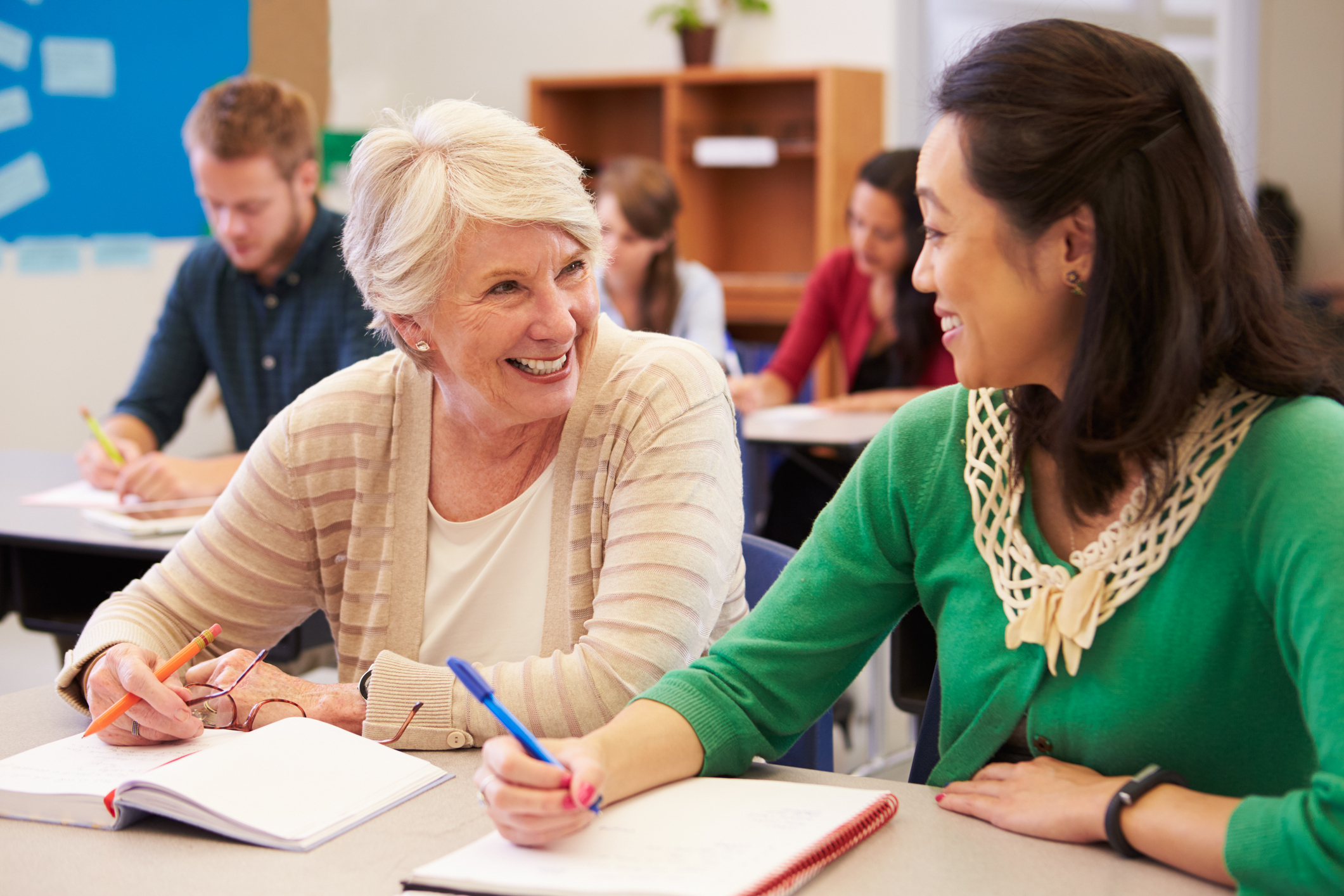
The Impact of Literacy
August 13, 2019
Literacy in Ontario
August 18, 2019Those of us who learn, work, and volunteer in Ontario’s community-based literacy agencies know all about the importance of what we do. But some of us may not realize the size and scope of our sector and the value of our collective work.
Community Literacy of Ontario (CLO) is pleased to share statistics on the critically important, highly effective, creative, dynamic, and learner-centred, world of community-based literacy! While community-based literacy agencies are as diverse as the communities we serve, we all share one thing in common: a passion for providing quality, learner-centred literacy instruction that meets the needs of learners and our communities.
We are very proud to be an important part of Ontario’s Literacy and Basics Skills (LBS) Program.
FACT 1: We are a key part of literacy delivery in Ontario!
There are just over 200 literacy delivery agencies and almost 300 delivery sites in Ontario. Literacy is delivered by community-based and Laubach agencies, colleges, and school board programs. All sectors bring unique and valuable strengths to literacy delivery. There are also four delivery streams: Anglophone, Deaf, Native and Francophone. Literacy agencies from all sectors and streams link to refer students to the appropriate literacy program and to share information and resources.
FACT 2: We are many!
The Information Management System (IMS) shows that in 2005/06, there were 140 community-based delivery agencies and 24 additional satellites, equating to community-based delivery at 164 sites throughout this province! Of these sites, 110 are Anglophone delivery agencies.
FACT 3: We are located in communities large and small
You can find community-based literacy agencies in diverse areas of our province. CLO’s 2003 program survey found that 38% of agencies were rural; 29% served mixed rural/urban areas; 19% served small urban areas and 14% served large urban centres. Further, agencies are located in all regions of the province: 27% were located in central Ontario; 19% in the east; 21% in the northeast; 11% in the northwest; and 22% in the southwest.
FACT 4: We focus on learners with lower literacy levels
While agencies serve adult learners at all literacy levels, the majority of our learners (59%) are at levels 1 and 2. The IMS data from 2007/08 shows that 29% of learners served by community literacy agencies were at Literacy and Basic Skills (LBS) level 1; 30% were at LBS level 2; 23% were at LBS level 3; and the remaining 18% were at LBS level 4 or higher.
FACT 5: We offer both 1-1 and small group programming
CLO’s 2005 program survey showed that 92% of Ontario’s community literacy agencies offer both small group and 1-1 programming. Adult learners were exactly divided between the two models, with 50% participating in 1-1 and 50% participating in small group learning. Both staff and volunteers are involved in delivering instruction to adult learners, depending upon the needs of the learners.
FACT 6: We serve learners with diverse goals
IMS statistics from 2007/08 tell us that learners in Ontario’s community literacy agencies have the following goals: further training and education (40%); employment (39%) and independence (21%).
FACT 7: Volunteers are involved
CLO’s 2007 program survey found that the average community-based literacy agency in Ontario has 65 volunteers! Volunteers are involved in community literacy agencies in a variety of tasks including: tutoring, board governance, fundraising and administration. Volunteers help paid staff to deliver personalized programming to learners and also link us more closely with our communities.
FACT 8: We actively market literacy
Community-based literacy agencies are actively involved in our communities, and we play a key role in marketing literacy to diverse community stakeholders (service clubs, employers, social service organizations, community partners, etc.). For example, in our 2003 program survey, CLO found that 90% of community literacy agencies offer community presentations, 87% attend community fairs and special events, 84% write articles in local newspapers and 77% organize promotional events such as open houses, scrabble tournaments, etc.
FACT 9: We have strong community linkages and support
Community-based literacy agencies are integrally involved in their communities. In addition to the marketing and volunteer activities mentioned above, agencies also develop strong community linkages through partnership and fundraising activities. CLO’s 2003 survey revealed that community literacy agencies are involved in a variety of innovative partnerships. Ninety percent partnered with local community agencies, 77% with Ontario Works; 68% with local referral agencies; 50% with local service clubs; and 45% with local employers. While community-based literacy agencies receive core funding from MTCU, most also receive some financial support from local sources. CLO’s 2003 survey confirmed that agencies received funding from the following sources: the local community (63%); local businesses (44%), and the United Way (31%).
FACT 10: We are community-based!
Ontario’s community-based literacy agencies are not-for-profit organizations that are governed by a board of directors. Local governance links agencies closely to the community and allows us to quickly respond to community needs. Community-based literacy agencies meet the needs of adult learners in quality, supportive environments. Agencies use methods, curriculum, materials, and program models that respond to the needs of individual students. Also key to community-based literacy instruction is a flexible and participatory approach. Learner needs are considered at every step. Self-confidence is recognized as being integral to student success and agencies value all student goals equally.
Community-based literacy agencies are proud to be an important part of delivering literacy instruction to adult learners in Ontario!

